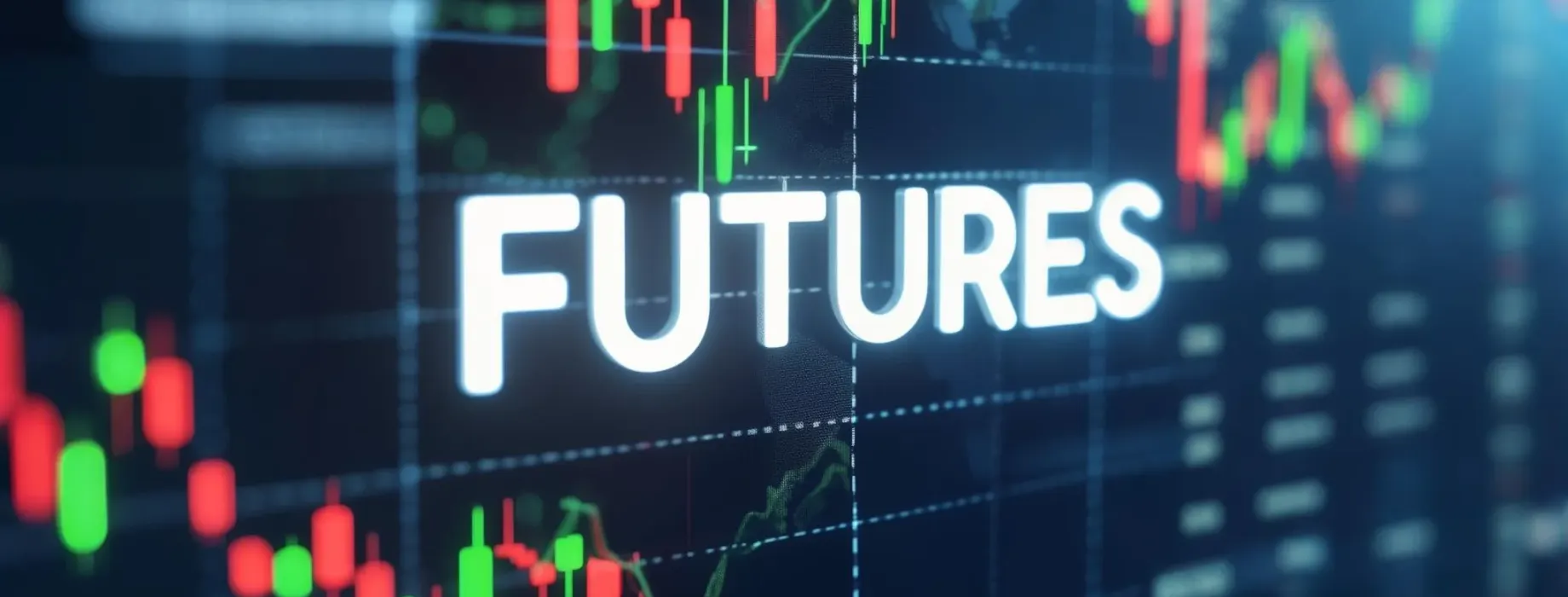- Volume Profile analysis for price levels
- Market Profile for trading sessions
- Order flow indicators
- Momentum oscillators
The financial markets present numerous opportunities for traders who understand futures day trading strategies. These dynamic instruments allow market participants to leverage their positions and capitalize on short-term price movements. This comprehensive analysis explores the tools, platforms, and methodologies that shape modern trading approaches.
Essential Trading Platforms Analysis
| Platform | Features | Performance | Cost |
|---|---|---|---|
| NinjaTrader | Advanced charting, automated systems | High-speed execution | $1000 lifetime |
| TradeStation | Custom indicators, back-testing | Reliable connection | $99/month |
| ThinkorSwim | Technical analysis tools | Moderate speed | Free with account |
When implementing profitable futures trading strategies, traders must consider multiple factors affecting market dynamics. Understanding order flow, price action, and market structure becomes crucial for consistent results.
Technical Analysis Tools
| Indicator Type | Application | Reliability |
|---|---|---|
| Volume-based | Support/Resistance | High |
| Momentum | Trend strength | Medium |
| Price action | Entry/Exit signals | High |
Risk Management Framework
Success in trading strategies futures market requires strict risk management protocols. Implementing position sizing, stop-loss placement, and profit targets helps maintain consistent performance.
| Risk Parameter | Recommended Range | Implementation |
|---|---|---|
| Position Size | 1-2% account | Per trade basis |
| Stop Loss | 5-15 points | Technical levels |
| Profit Target | 1.5-3:1 ratio | Based on structure |
Market Session Analysis
- Asian session characteristics
- European market dynamics
- US trading patterns
- Session overlap opportunities
| Session | Volatility | Volume |
|---|---|---|
| Asian | Low | Moderate |
| European | High | High |
| US | Very High | Very High |
Understanding futures day trading strategies requires continuous market analysis and adaptation to changing conditions. Successful traders maintain detailed trading journals and regularly review their performance metrics.
Performance Optimization
- Daily preparation routine
- Trading journal maintenance
- Performance metrics tracking
- Strategy refinement process
| Metric | Target | Frequency |
|---|---|---|
| Win Rate | Above 55% | Weekly review |
| Risk/Reward | 2:1 minimum | Per trade |
| Maximum Drawdown | Below 10% | Monthly check |
The implementation of futures day trading strategies demands discipline, technical knowledge, and systematic approach to market analysis. Regular evaluation of trading results helps maintain consistent performance and adapt to market changes.
FAQ
What minimum capital is required for futures trading?
Most brokers require $2,500-$5,000 minimum, but $25,000+ is recommended for adequate risk management and position sizing flexibility.
How many hours per day should be dedicated to trading?
Active traders typically spend 4-6 hours, including pre-market analysis, active trading sessions, and post-market review.
Which futures markets are suitable for beginners?
E-mini S&P 500 (ES), Euro FX (6E), and Crude Oil (CL) offer good liquidity and moderate volatility for new traders.
What is the optimal time frame for day trading futures?
Most traders focus on 1-minute to 15-minute charts for entry/exit signals, while using higher time frames for trend analysis.
How important is automated trading for futures markets?
While automation can enhance execution, manual trading remains viable. Success depends more on strategy quality and risk management than automation.
